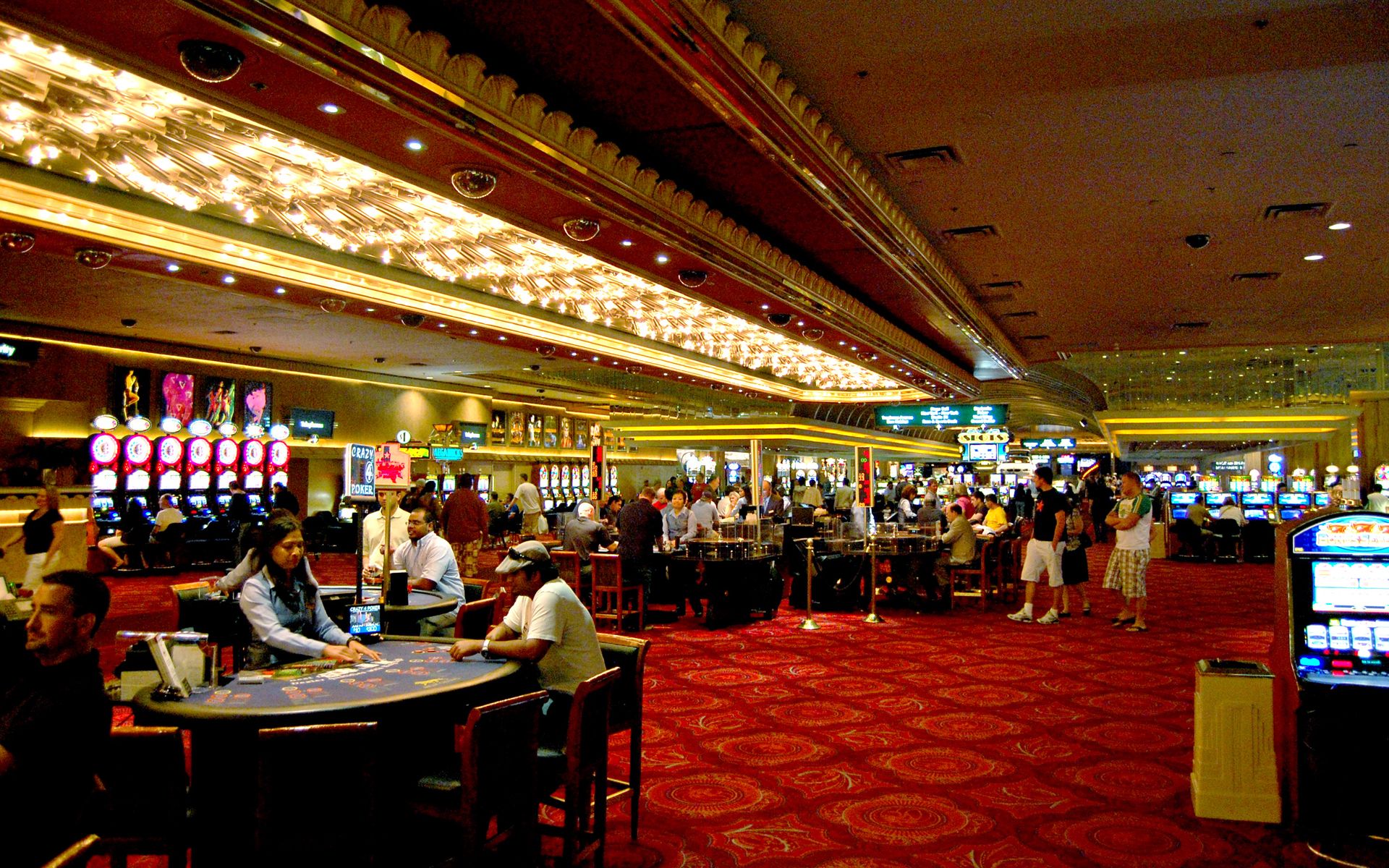Regarding slot games, players often find themselves captivated by the flashing lights, exciting themes, and the thrill of spinning the reels. But behind the glamour and entertainment lies an important concept that every gamer should be aware of: Return to Player percentage, or RTP. This key metric is essential in determining how much of your wagered money will return to you over time, influencing your gaming experience and strategy as you play.
RTP is typically represented as a percent and reflects the typical sum of money returned to players compared to the cumulative wagers. For instance, if a slot game has an RTP of 95%, it means that, on the average, players can expect to get back ninety-five dollars for each $100 wagered. Understanding this concept can assist players in making educated decisions when deciding on slots to spin, ultimately enhancing their gaming experience at the casino.

What is RTP?
Return to Player, commonly referred to as RTP, represents a crucial factor in the field of slot machine games. It indicates the fraction of total wagered amounts which a slot machine is programmed to refund to players over time. For example, if a specific slot has an RTP of 95 percent, this means that, hypothetically, players are likely to receive back $95 for every $100 placed over time. Understanding RTP assists players analyze the likely profitability of various slot games.
RTP isn’t a guarantee of specific victories but instead an average determined over many spins. Individual players’ experience can vary significantly as a result of the luck intrinsic in slot machines. A greater RTP implies better odds for the player, thus making it a key factor to think about while picking the slots to play. UK gambling sites not on GamStop Still, despite having high RTP, there can be phases during which players experience losses, because luck plays a significant role.
It is important to note that different slots have varying RTP percentages. Some games might feature a reduced RTP because of a high level of fun or distinct elements, while others keep a elevated percentage to entice more conservative players. Comprehending RTP enables players to make wise choices about their gambling strategies and manage their bankrolls efficiently while enjoying the thrill of casino slots games.
How RTP is Calculated
A RTP, also known as RTP, is a key metric within the world of casino slot machine titles. This indicates the percentage from all wagered money which a gaming device can be expected to pay back to players in the long run. Comprehending how RTP can be derived requires understanding of the dual aspects of the game’s architecture as well as its payout system. This return value is calculated via complex calculations and data evaluation executed during the slot machine development phase. Game creators consider various elements, which include the likelihood of successful combinations as well as the size of returns for every combination.
To compute this metric, developers simulate a significant quantity in terms of rotations of the game. These simulations help identify how much on average, a player is likely to earn based on their bets. For instance, if a slot game boasts an RTP of 95%, this means that, theoretically, among every $100 dollars wagered, players should anticipate get ninety-five dollars in return over time. That value doesn’t represent how much a gambler might receive during a one session and during a couple of plays; rather, it reflects overall payout expectations.
The values of RTP are usually published from the gaming house or game creator. Players should consistently look for this data while selecting a slot game, because it can significantly affect their overall enjoyment. A higher RTP usually means a higher probability to recoup a segment of wagered money, although individual plays can vary considerably. Grasping this concept can help players make informed decisions and improve their overall experience in the world of slot games.
Significance of RTP in Casino Games
Understanding the RTP or RTP is essential for any gamer involved in casino slots games. RTP is the proportion of total bets that a slot machine is designed to pay back to gamers over time. A higher RTP means that players can expect receiving a bigger share of their wagers back, making it an significant factor for those looking to maximize their play experience. Knowing this figure aids gamers make informed decisions about which slots to play, as it can greatly affect their potential winnings.
Furthermore, RTP has a central role in the overall equity and transparency of casino slots. Players are often drawn to games with higher return rates because they provide a superior opportunity of success over the duration of gameplay. Gaming establishments and game developers use Return to Player as a marketing tool to lure gamers, guaranteeing they maintain a competitive edge in the booming gaming industry. By being aware of Return to Player, players can select slots that align with their comfort level and objectives.
Finally, the idea of RTP encourages responsible gambling behavior. By understanding that not all slots will provide short-term winnings and that RTP is determined by long-term play, gamers can regulate their anticipations and playing habits effectively. This understanding enhances the enjoyment of slot games while fostering a more sustainable gambling landscape. Gamers who grasp the importance of RTP are more prone to have a more satisfying experience and lessen the chances of gambling issues.